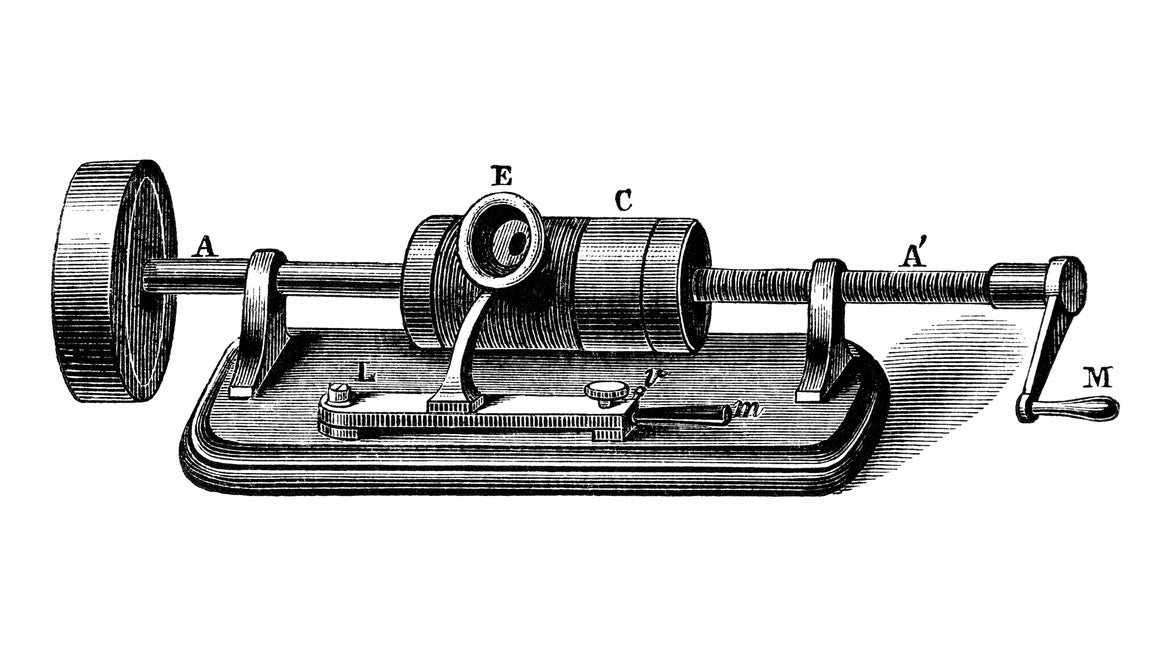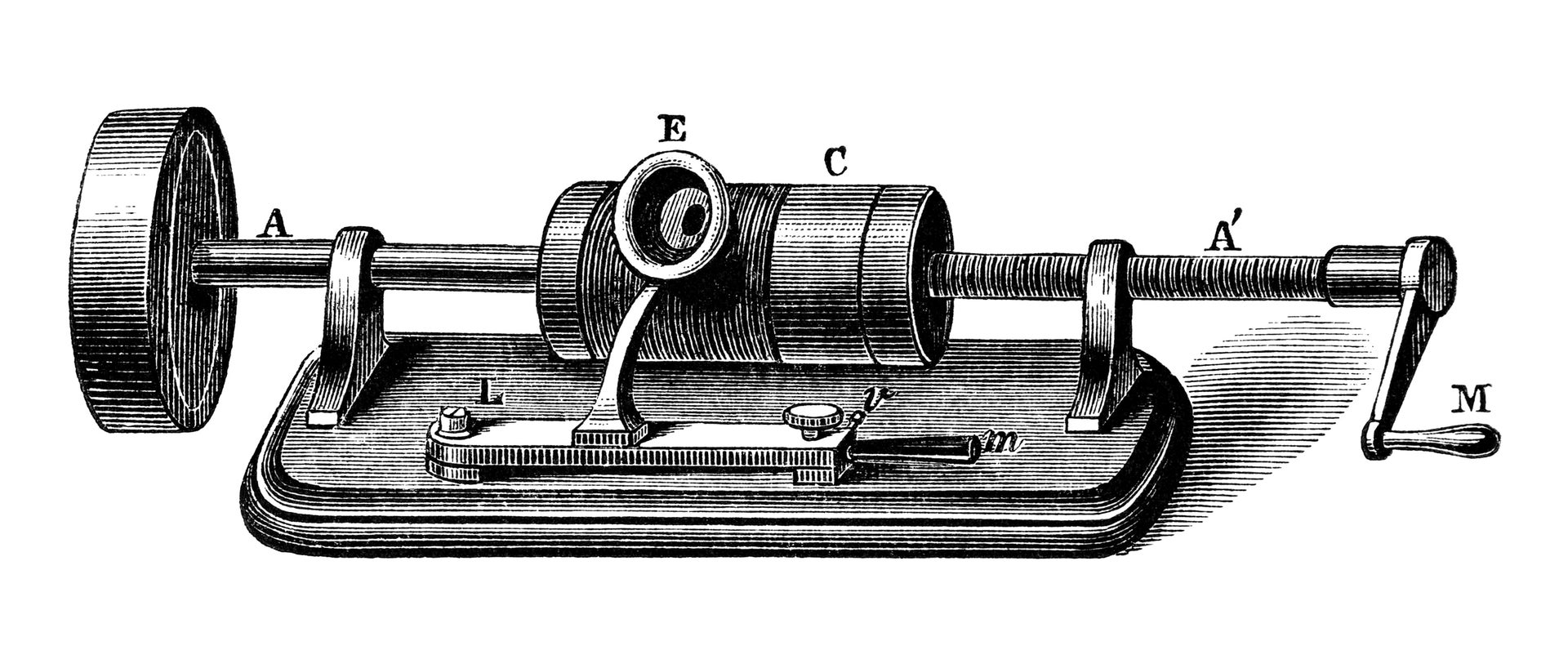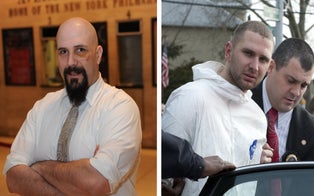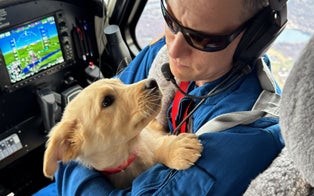Wax cylinders that recorded sounds onto Edison phonographs have been too fragile to listen to until recently, and the New York Public Library hopes to give the country access to the mystery sounds within the next couple years.
For the first time in over 100 years, sounds recorded in wax cylinders — one of the first ways people recorded sound on phonographs — are going to be heard.
According to NPR’s Morning Edition, in the 1890s, people would slide blank cylinders onto the Edison phonographs (or shave down the wax on commercial cylinders) of families, recording themselves and their environments.
"When I first started here, it was a format I didn't know much about," said Jessica Wood, assistant curator for music and recorded sound at The New York Public Library for the Performing Arts to NPR.
"But it became my favorite format, because there's so many unknowns and it's possible to discover things that haven't been heard since they were recorded."
Because the wax is so fragile, potentially cracking if you hold them too long, the cylinders — currently unlabeled — that have lasted have yet to be heard. Some of the earliest cylinders deteriorate after only a few dozen listens if played on the Edison machines, according to the podcast.
"Edison thought of this format as a recording format, almost like like a cassette machine," Bergh said to NPR.
"That's why the format is a [cylinder]. It's very, very hard to do on a disc. And that's also why there's so much great material on wax cylinder that doesn't exist on disc, like field recorded cylinders, ethnographic material, home recordings, things like that."
Recently the library got ahold of the Endpoint Cylinder and Dictabelt Machine, which was invented by Californian Nicholas Bergh.
The machine uses a combination of a laser and needle, enabling it to digitize even the broken or cracked wax cylinders.
According to Bergh, it will likely take the library a couple of years to digitize all of the cylinders. The goal once complete is for listeners across the U.S. to have access to tuning in and listening to what people were recording over 100 years ago.







